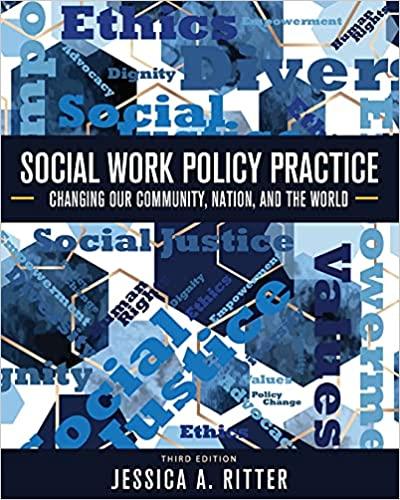Hi I need the answer for this question not similar

Assume that it is January 1, 2019, and that the Mendoza Company is considering the replacement of a machine that has been used for the past 3 years in a special project for the company. This project is expected to continue for an additional 5 years (ie., until the end of 2023). Mendoza will either keep the existing machine for another 5 years (8 years total) or replace the existing machine now with a new model that has a 5-year estimated life. Pertinent facts regarding this decision are as follows: Keep Existing Machine Purchase New Machine $ 166,000 8 years $ 21,600 $ 206,000 5 years $ 26,600 $ $ 0.41 26,600 $ $ 0.35 25,600 Purchase price of machine (including transportation, setup charges, etc.) Useful life (determined at time of acquisition) Estimated salvage value, end of 2023* Expected cash operating costs, per year: Variable (per unit produced/sold) Fixed costs (total) Estimated salvage (terminal) values: January 1, 2019 December 31, 2023 Net working capital committed at time of acquisition of e machine (all fully recovered at en red at end of project, December 31, 2023) Incremental net working capital required if new machine is purchased on January 1, 2019 (all fully recovered at end of project, December 31, 2023) Expected annual volume of output/sales (in units), over the period 2019-2023 $ 69,600 $ 14,400 $ 25,200 $ 31,600 $ 11,600 516,000 516,000 *Note: These amounts are used for depreciation calculations. Assume further that Mendoza is subject to a 40% income tax, both for ordinary income and gains/losses associated with disposal of machinery, and that all cash flows occur at the end of the year, except for the initial investment. Assume that straight-line depreciation is used for tax purposes and that any tax associated with the disposal of machinery occurs at the same time of the related transaction. Required: 1. Determine relevant cash flows (after-tax) at time of purchase of the new machine (i.e., time 0: January 1, 2019). 2. Determine the relevant (after-tax) cash inflow each year of project operation (i.e., at the end of each of years 1 through 5). 3. Determine the relevant (after-tax) cash inflow at the end of the project's life (i.e., at the project's disposal time, December 31, 2023). 5. Determine the undiscounted net cash flow (after tax) for the new machine and determine whether on this basis the old machine should be senlaced







